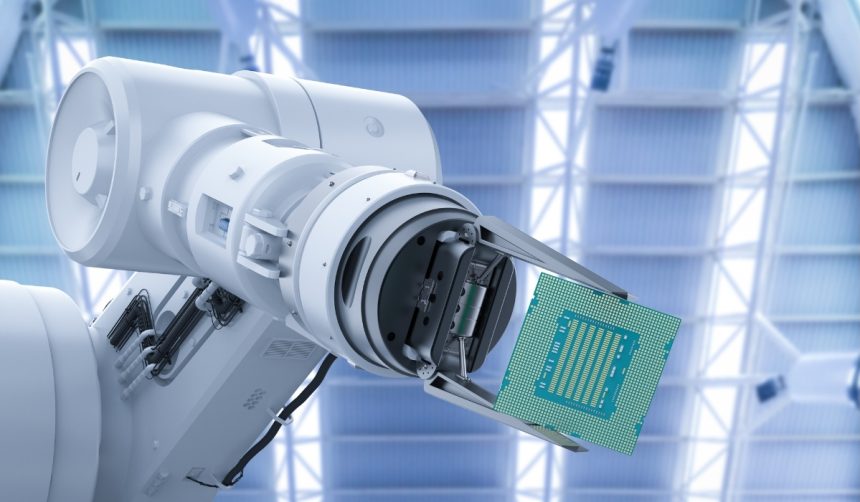Robotics enthusiasts found a lot to be excited about in July 2024, with diverse advancements making headlines. From innovative humanoid robots to breakthroughs in AI-powered robotics, the industry continues to evolve at a rapid pace. Various companies showcased their cutting-edge technologies, aiming to tackle real-world problems and improve automation processes. The following summary highlights the most notable robotics stories that captured widespread interest.
Wandercraft Exoskeleton in the Olympics
Among the notable events, the use of the Wandercraft exoskeleton in the Olympic torch relay stood out. Kevin Piette, a paraplegic, carried the torch using this advanced exoskeleton. Wandercraft SAS, the developer, aims to assist people with disabilities in walking. The public was particularly captivated by this demonstration of technology’s potential to change lives.
ForwardX Robotics’ New AMRs
ForwardX Robotics introduced two new autonomous mobile robots (AMRs), the Flex 300-SCB Mini and Flex 300-L Mini. These models are designed to be more agile and efficient, catering to mid-weight tasks. Their release indicates a growing demand for versatile and compact robots in various industrial applications.
The recent interest in robotics can be compared to previous years when the focus was more on foundational technologies rather than practical applications. For instance, in 2023, many robotics companies were primarily involved in R&D, whereas now we see a trend toward commercialization and real-world deployments. The shift signifies the maturation of the technology and its readiness for mainstream use.
Another key difference is the increased involvement of AI in robotics. Earlier reports often highlighted standalone robotic systems, but today’s discussions frequently revolve around integrated AI that enhances robotic capabilities. This change reflects advancements in AI, making robots smarter and more adaptable to complex tasks. The integration of AI models with robotics, such as seen with Vayu Robotics’ delivery robot, represents a significant leap forward.
China’s Guidelines for Humanoid Development
China proposed new guidelines to regulate the future development of humanoid robots. As humanoid robots become more viable for real-world applications, these guidelines aim to ensure safe and effective deployment. With numerous companies heavily investing in humanoid robotics, these standards could shape the global landscape of robotics.
Skild AI’s $300M Funding
Skild AI secured $300 million in Series A funding, valuing the startup at $1.5 billion. The company focuses on developing AI models to enhance robotic behavior, aiming to bring more sophisticated robotics solutions to market. This significant investment underscores the confidence in AI’s role in advancing robotic technologies.
The continuous evolution of robotics, driven by both technological advancements and substantial investments, indicates a promising future for the industry. Companies like Wandercraft and ForwardX Robotics are setting new benchmarks, while regulatory guidelines from countries like China aim to balance innovation with safety. As AI and robotics become more intertwined, the potential applications and benefits for various sectors are vast.










